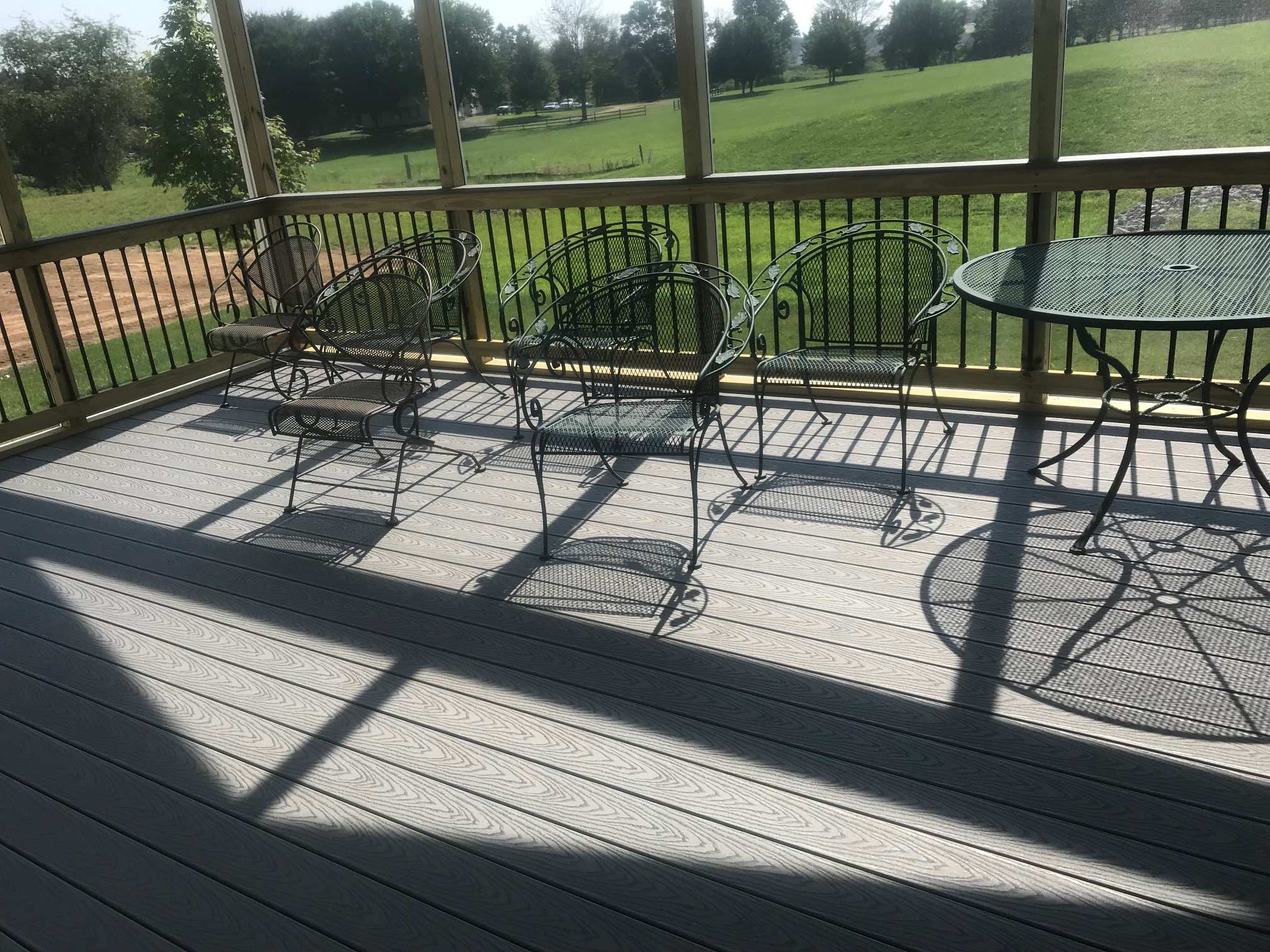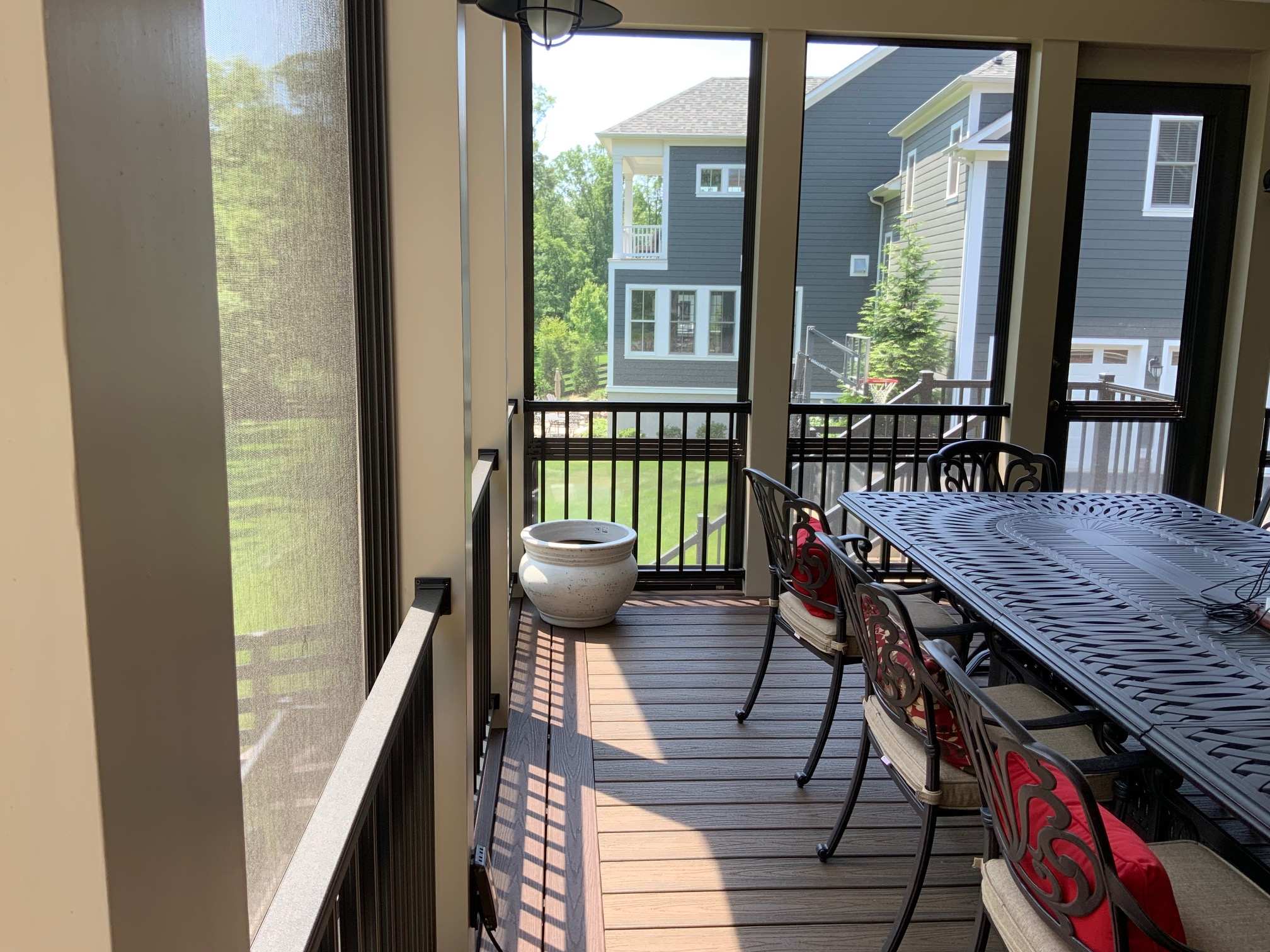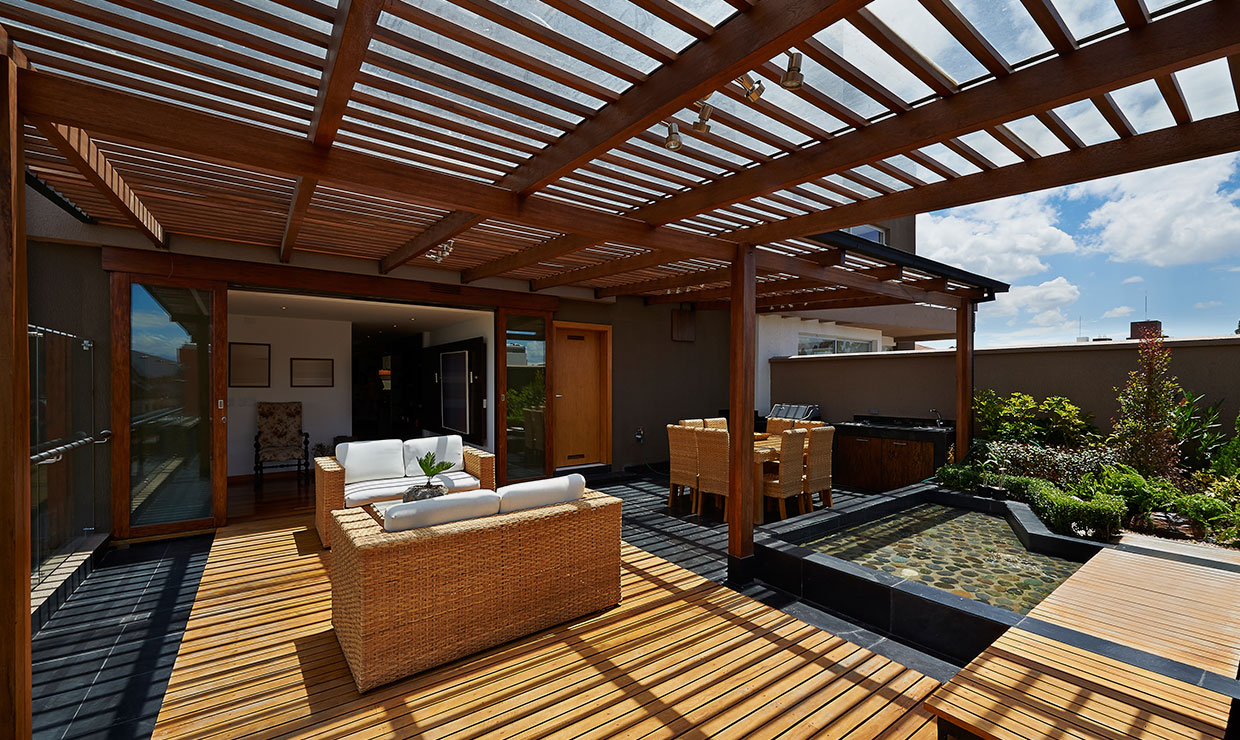Custom Porches: Personalizing Your Outdoor Space
A porch is more than just an entryway to your home; it’s a versatile space that can enhance your lifestyle and add significant value to your property. Custom porches allow homeowners to create a unique outdoor area that reflects their…








